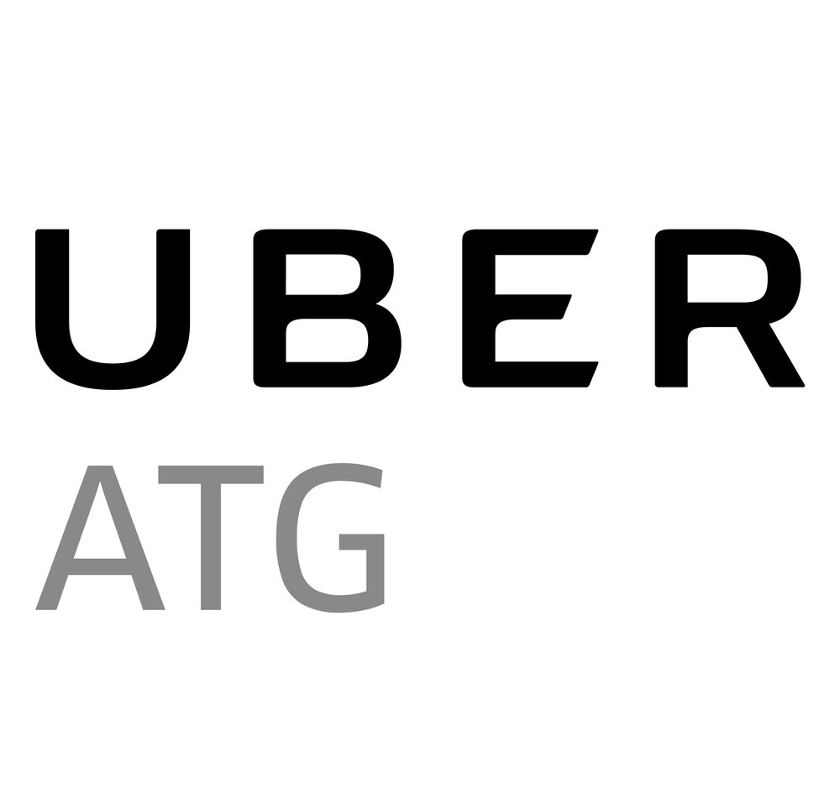Over the years, I have held various different professional positions that have allowed me to build upon on my existing skills and acquire new skills.
Bench Test Engineering Trainee
Siemens Mobility
East Pittsburgh, PA May 2020 -
Pittsburgh, PA
May 2020 -
At Siemens Mobility, I have been assigned to write a functional test for a specific RF board. Provided schematics and documentation regarding the board paired with my knowledge in RF I have been able to diagnose and determine the fault of over 50 RF boards, each priced at approximately $800. I continue to work part-time while pursing my Master's degree so that I can write the test in LabView and make a currently long and warranty-voiding test procedure become semi-autonomous and not void PCB manufacturer warranty in case of defects.
Test Engineering Intern
Uber Advanced Technologies Group (aquired by Aurora)
Pittsburgh, PA May 2019 - August 2019
Pittsburgh, PA
May 2019 - August 2019
Summer preceding my first year of graduate school,I interned at Uber ATG in the Calibration and Sensors Testing group. I was exposed heavily to the calibration process for all the autonomous vehicles. I had a role in ensuring vehicles and all of their sensors (such as LiDAR, Radar, Cameras) were in proper working condition. During this internship, I have studied and implemented several pieces of software (written in Python) to aid in the calibration process of these sensors.
Undergraduate Researcher
Wireless@Virginia Tech
Blacksburg, VA June 2018 - August 2018
Blacksburg, VA
June 2018 - August 2018
An NSF REU research experience, I worked with the Wireless@Virginia Tech department learning about RF front end hardware, intermodulation effects on signals, and nonlinear tendencies with the end goal of eliminating cross-channel interference. My duties included studying about the relevant communication systems surrounding the issue as well as running experiments on Universal Software Radio Peripherals (USRPs) to affirm the existence of such cross-channel interference. As a result of my summer I delivered a report noting important statistics that further validate the issue at hand, along with the exact RF frontend components that attributed the most to the intermodulation. The project abstract can be found here
Undergraduate Researcher
Penn State Behrend
Erie, PA May 2018 - August 2018
Erie, PA
May 2018 - August 2018
During the summer of 2018, I worked part time on a Java Object Oriented Programming (OOP) project. This project was intended to teach OOP to students enrolled in an entry level programming course at Penn State. To create an effective learning tool, Java was used to create a Graphical User Interface (GUI) that is easy to look at, making the leaning process easier than simply reading a textbook. The course taught OOP in C++, so while I developed the GUI in Java, the content on the GUI was oriented towards a C++ curriculum. In order to create an effective tool, brief research was done in order to see how a GUI can be the most impactful for a students' education.
Software Engineering Intern
Erie Insurance
Erie, PA May 2017 - August 2017
Erie, PA
May 2017 - August 2017
At the end of my Sophomore year I received an offer to be a software engineering intern at Erie Insurance -- a Fortune 500 company. Throughout the summer I collaborated with another intern to design website mockups utilizing HTML, CSS, JavaScript, and AngularJS. We were part of an Agile team responsible for creating new websites on Erie Insurance's intranet agent portal.
Throughout this internship I learned about how large companies operate; especially companies that are heavily reliant on software. I also got a great experience learning how the Agile project management style operates.
IT Intern
North Allegheny School District
Wexford, PA June 2015 - August 2015
Wexford, PA
June 2015 - August 2015
Eager to learn the summer preceding college, I spent my time working for my alma mater in the Information Technology department. During my time there, I learned about the basics of networking in the scope of the entire school district (13 buildings in total). In addition, I also helped tear down and setup classrooms with integrated technology (e.g. desktops, smartboards, projectors). Having the opportunity to be exposed to IT work before college aided in my decision to steer towards engineering over networking.





